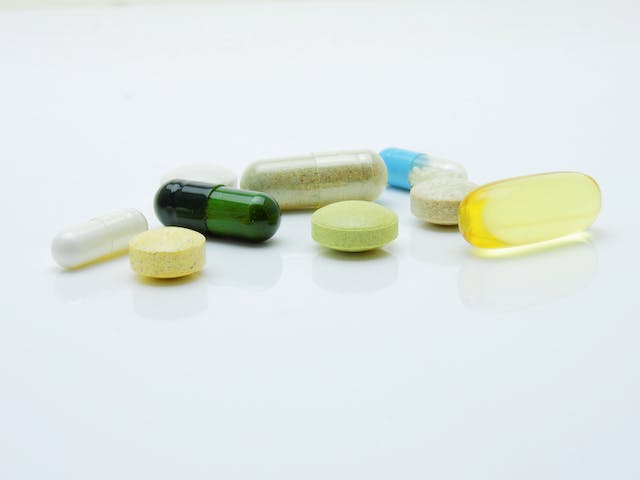🏅What is your Body Internal Clock Called?
What is your Body Internal Clock Called?
Ever notice your body seems to do certain things around the same time each day?
You wake up around the same time, feel peckish around the same time, and are tired and ready for sleep around the same time. You might think it’s a habit, but it’s actually thanks to biological processes that keep your body in lockstep as the day progresses. That daily clock is called a circadian rhythm, and most living organisms have one. 🙂
From fruit flies to daffodils to microscopic organisms, if it lives under the sun chances are there’s something that keeps it in tune with the sun’s 24-hour pattern.
What is your Body Internal Clock Called?
In humans, there are proteins in nearly every tissue and organ that help maintain proper timing, but they don’t function independently.
Inside your brain is something like a master clock that all other biological clocks sync up to.
This master clock is called the suprachiasmatic nucleus, and it’s made up of around just 20,000 neurons arranged in two tiny wing-like structures nestled inside your hypothalamus.
The hypothalamus plays a big role in releasing hormones and controlling appetite, among other things, so the suprachiasmatic nucleus here makes sense if it’s going to be in charge of keeping your body clock synchronized.
But it’s not run by gears orbits in a computer, it’s run by biological processes.
In the suprachiasmatic nucleus, there are proteins produced on a negative feedback loop.
The proteins (called PERIOD and cryptochrome) switch off their own products when they build up, and cells resume production once the proteins degrade.
These protein cycles peak about every 24 hours, though it’s not exact.
What is your Body Internal Clock Called?
A 1974 study left 15 people without clocks or daylight for up to 13 days. 🙂
The researchers found the humans tended to live on a day of between 25 and 27 hours.
Since these proteins are so important to stay in sync, genetic mutations that change their structure can throw a person’s internal clock out of whack.
People with familial advanced sleep phase syndrome produce an unstable PERIOD 2 protein, which speeds up their circadian rhythm.
As a result, they’re up at 3 am and in bed by 7 pm.
No partying for them.
You may have noticed though that when you travel or set your clock forward for daylight savings, your body eventually adjusts.
That’s because light has a big influence on your suprachiasmatic nucleus too.
The light your eyes take turns certain genes in the cells on or off, coding the proteins that keep time.
This is why light is the biggest external factor in keeping a steady rhythm, and why you don’t seem to get tired when you stay up late looking at a phone screen.
What is your Body Internal Clock Called?
But light isn’t the ONLY factor, your body clock is influenced by things like eating cues and social cues as well.
An unstable or abused circadian rhythm can have medical implications.
Lack of sleep and disrupted circadian rhythms have been linked to obesity, depression, and other chronic illnesses.
So if it’s late at night and you’re reading this, do yourself a favor, put the phone down, and get some rest.
Or turn on night mode and watch just one more episode.
Like staying up all night watching all science articles?
You should definitely check out my article.
What is your Body Internal Clock Called?
Fun fact:
The term circadian comes from the Latin words circa, meaning around, and Diem, meaning day.
It’s your rhythm around the day.
Neat right? 🙂

